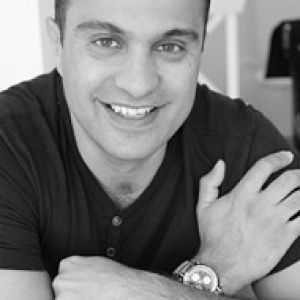Reading a photograph
I have been passionately interested in photographs and by photography for as long as I can remember. During a recent exhibition of mine, I watched as people walked around the hall looking at my photographs. Some simply looked and moved on, whilst others stood transfixed and lost in a photograph. How people read and relate to a photograph is deeply interesting for me - "In order to see a photograph well, it is best to look away or close your eyes" (Barthes, 1980). I can parallel it to the art of listening: "We hear sounds, but we listen to meanings" (Meissner), a difference between 'what we see', which is a passive act of recognition, and 'what we view'. In relating to a photograph, the viewer brings a series of ambiguous, often contradictory meanings and relationships (Clarke, 1997). The photograph touches you if you can withdraw from its surface characteristics - technique, style, colour etc. "to shut my eyes, to allow the details to rise of its own accord into affective consciousness ... it is what I add to the photograph and what is nonetheless already there" (Barthes, 1980). This is also in the creation of the object - "We photograph things in order to drive them out of our minds" (Barthes, 1980) and therefore a photograph is a reflection of the photographers specific point of view. "One never 'takes' a photograph in a passive sense. To 'take' is active. The photographer imposes, steals, re-creates the scene/seen according to a cultural discourse" (Clarke, 1997). Deconstructing this second layer of meaning, both in viewing and taking a photograph, using psychoanalytical techniques, in the context of coaching, would be where my worlds collide!
- 1
- 0
- Apple iPhone 5
- f/2.4
- 4mm
- 50

Comments
Sign in or get an account to comment.


